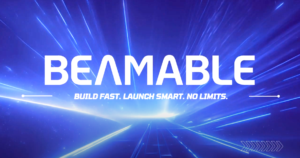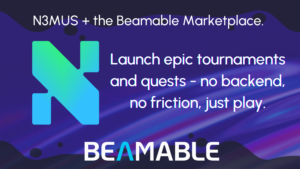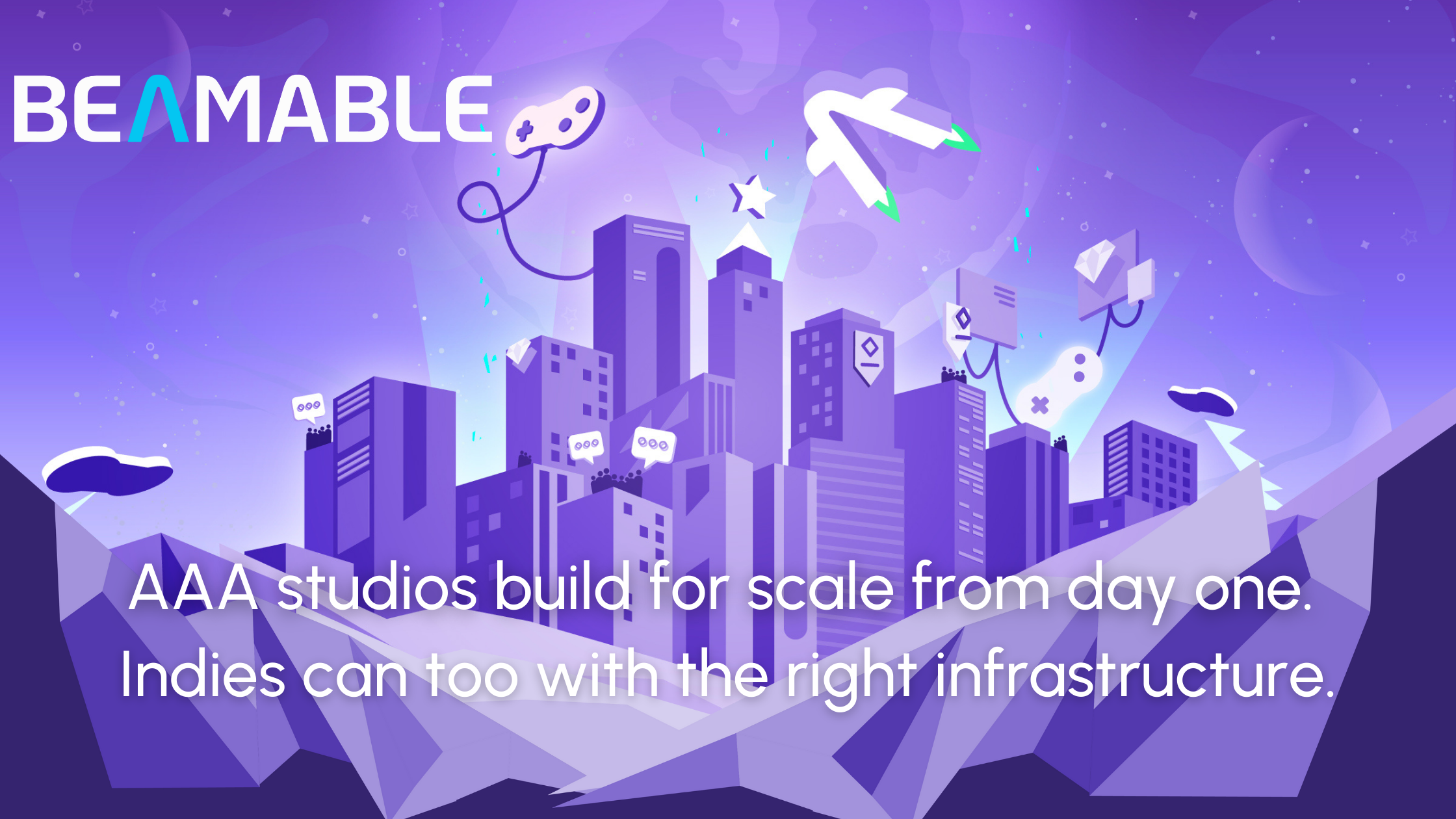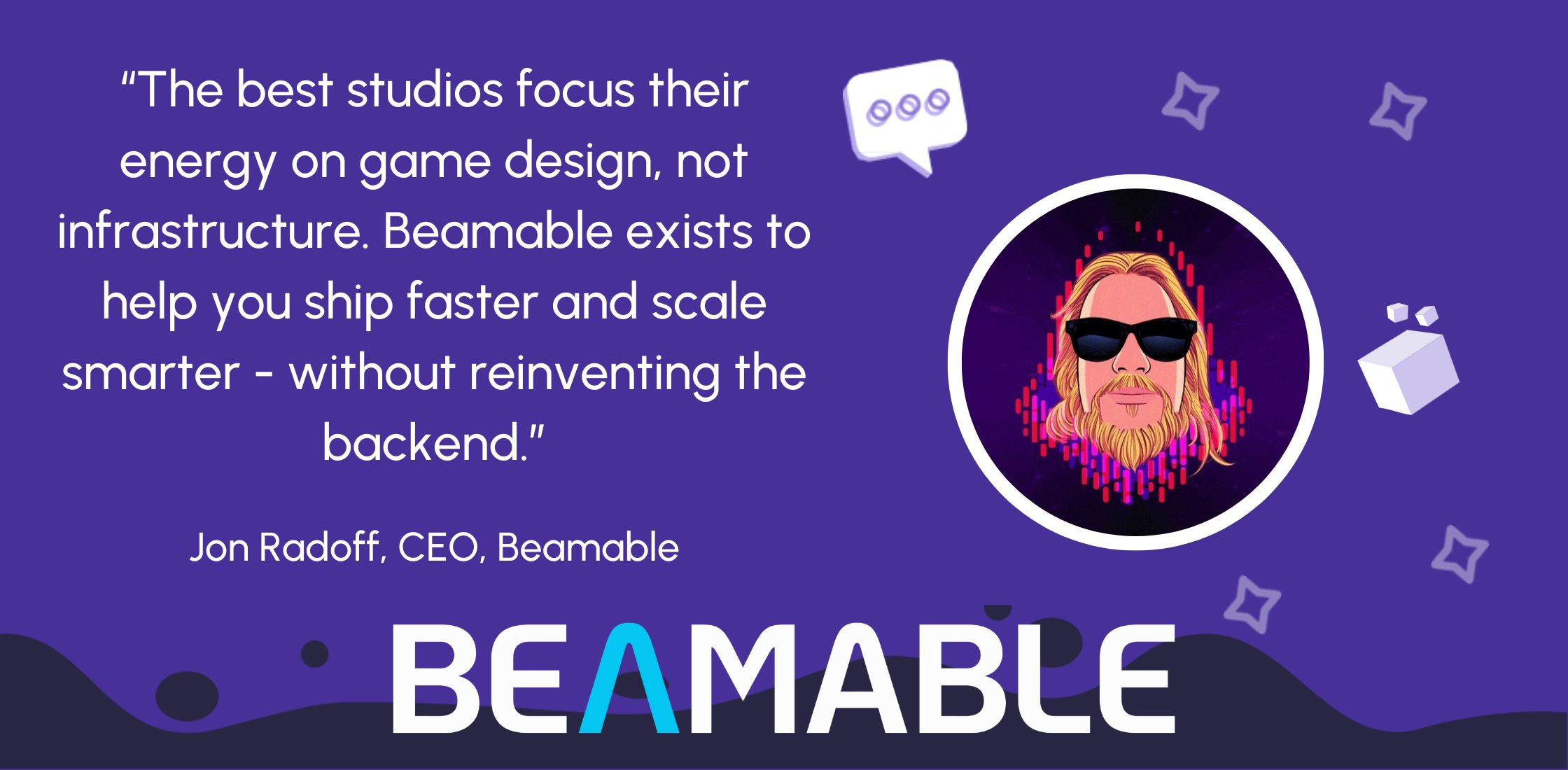Indie Game Success: Why Content Matters Part 1

Indie Game Success: Why Content Matters Part 1
Why Content Matters
You’ve made it this far. You have a passion for gaming, an unquenched thirst for creation, and possibly a catchy name like “Big Bad Beans Studio”. Now comes the hard part, creating content, monetizing that content, and figuring out a way to use timed events to your advantage. Over the next few weeks, we will be posting a three-part series on the best way to Create a Successful Indie Game. Today we will be diving into the world of content creation and why it matters.
Any successful game is crafted around a successful story intertwined with the passion and work ethic provided by you, the developer. While your needs in-game creation are important, there is another element that is essential to creating a game. Knowing your audience is not only important but vital to creating a live and successful game. For us, a successful game is not only visually engaging, and unique, but is focused on refined qualities rather than a larger unpolished game. Taking the time to market and develop a community surrounding the game is as important as compatibility and accessibility. While these components are crucial in the success of any game, it is as important to navigate the climate and continual expansion of the gaming atmosphere. The Co-Founder and CCO of Beamable, Trapper Markelz explains how the nature of game development has evolved:
How Game Development Has Evolved
“The nature of player expectations around a game experience has changed. Games are no longer a one-time experience where you purchase the game, play through all the content, and move on. Games are now live and ever-changing.”
Trapper continues, “ If you want to build a successful game today, you need to conceive of it as a live game experience with evolving content. When you sit down to design your game, you have to think about the flow of this content from day one. How will the game evolve week to week or month to month? How will you add new content? How will you monetize that content? How will you make some of that content scarce to drive urgency and participation?”
Live Game Trinity Of Continuous Content.
The CEO of Beamable, Jon Radoff, calls this unlocking the Live Game Trinity of continuous content, continuous monetization, and limited-time events. If you can design this trinity into your game from day one, you can build an online, living game experience that will attract, retain, and entertain players for years, maybe even a decade.”
Building the tools to enable this Live Game Trinity is a daunting task, but Beamable is here to aid in every step of the process. The best place to start, as a game designer, is with content creation. Prioritizing the flow and unceasing machine-creating content will help promote, build, and unify your game and its stance within the indie game market. Constant construction of substance to support your game is of the utmost importance to the success of indie games, especially those looking to top the charts in the indie game market.
Create Great Content, Then Monetize It.
Start with content, and then figure out how to monetize, and how to architect limited-time events to drive the cadence of release and participation around this content. In part two of Indie Game Success, we will cover the world of monetization. If you are ready to get rolling, Download Beamable today and let us help you develop your passion for gaming into an occupation. Looking For More? Jon Radoff and Game Economics: Part 1 The Attention Economy




